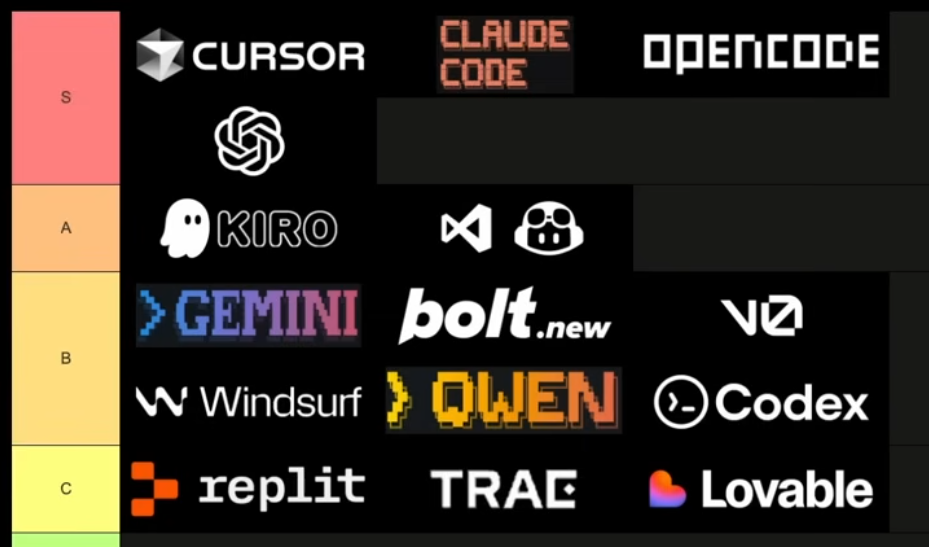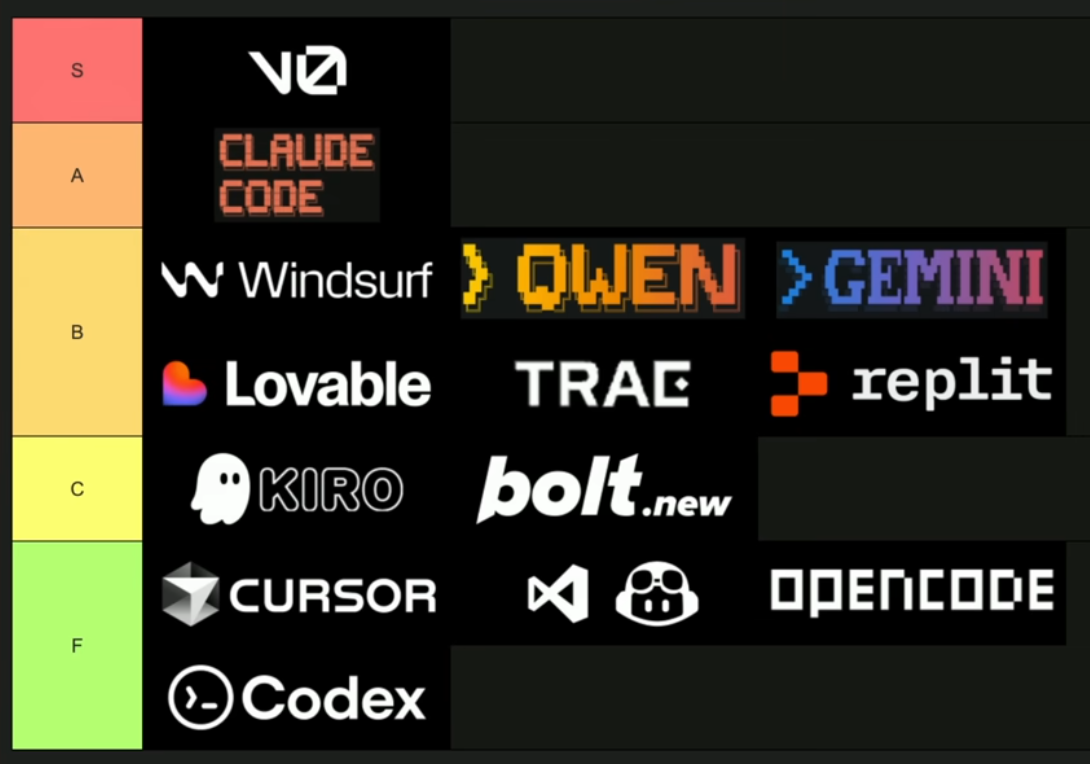Cursor 2.0
https://cursor.com/changelog/2-0
https://cursor.com/blog/composer
A significant update to one of the main AI coding tools. Cursor decided to respond to Windsurf (by the way, they also updated their SWE model to 1.5) and also created its own model specifically for software development. They named it "Composer" and claim it's 4 times faster than models with similar intelligence, but I think this is just to pay less to external providers.
The main novelty is the ability to run up to eight agents simultaneously (Multi-Agents) and a new interface for managing these agents. Each operates in an isolated copy of the code, preventing conflicts. A voice mode for agent control has appeared.
https://www.youtube.com/watch?v=Q7NXyjIW88E
Browser and isolated terminal (sandbox) features have exited beta. Enterprise clients received extended security control, including isolated terminal settings and an audit log to track administrator actions.
https://news.ycombinator.com/item?id=45748725
Community reaction is mixed but very active, with a clear division between supporters and skeptics. Supporters emphasize that the overall experience ("flow") is unparalleled, as it allows staying focused and in the development flow, and call Cursor the only AI agent that feels like a serious product, not a prototype. The new Composer model is praised for its exceptional speed.
Some complain that requests "hang" or the program crashes, especially on Windows. Several commentators noted that due to reliability issues, they switched to Claude Code, which proved to be "faster and 100% reliable."
There is also skepticism about lack of transparency: the company is criticized for vague graphs without specific model names and for using an internal, closed benchmark (Cursor Bench) to evaluate performance. Many want to know exactly what model underpins Composer (whether it's a fine-tuned open model), but developers evade a direct answer.
#cursor #autonomousagents

